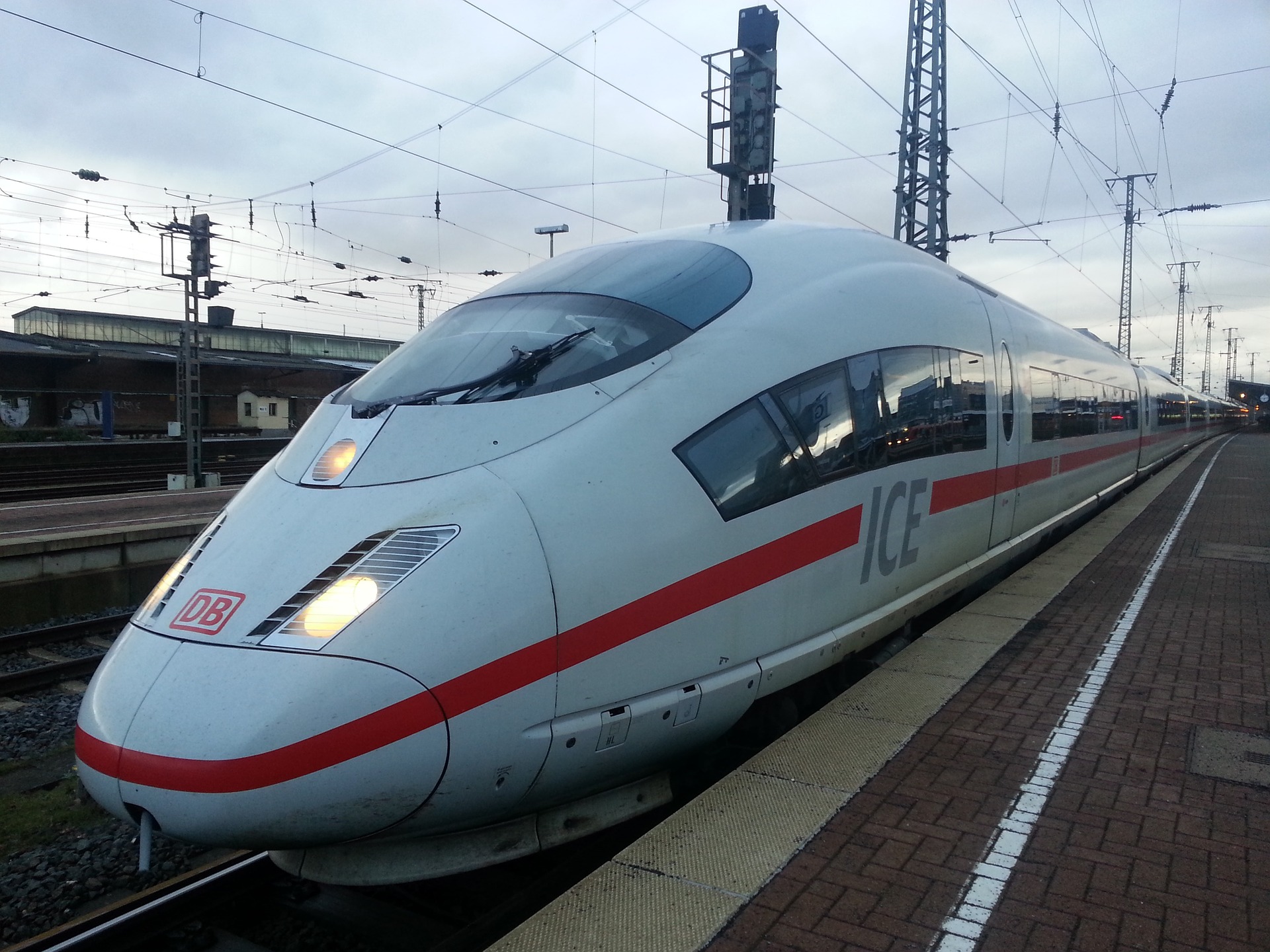TIRANA, 27 July
While European leaders are discussing possible ways to boost the post-pandemic economic recovery based on lessons learned from the COVID-19 outbreak, a proposal for a high-speed train network was made. The Vienna Institute for International Economic Studies has come up with a solution that would help the European economy recover. The new project would help connect major European countries with underserved regions such as the Balkans while reducing travel time and carbon footprint across the continent. The plan includes four railway lines while trains would run at a speed of up to 350km per hour.

The four lines include:
Dublin-Paris via a ferry-based sea link between Cork and Brest, taking on an additional significance in the context of Brexit (green)
Lisbon-Helsinki including a loop around the Baltic Sea meeting in the Ruhr area (red)
Brussels-Valletta, (blue)
Berlin-Nicosia, with a ferry-based sea link between Piraeus and Paphos and a loop between Vienna and Sofia (brown).
The fourth line includes a 304 km long section that would run through northern Albania and the cost is estimated at Euro 7 billion, or over 57 percent of the 2019 GDP. The line will run through all the Western Balkan countries (WB6).
This project would make air travel obsolete for a large number of travelers in Europe.
Currently, the rail network in Albania is mostly used for freight transport, while a project on the Tirana-Durres-Rinas railway has been going round in circles for years.
Source: wiiw

Leave a Reply
You must be logged in to post a comment.